Boards, planks, bricks, concrete blocks, even bales of hay or mounded soil can be used to make a cold frame. Often a home-made cold frame is a simple four-sided wooden box with no bottom and a clear glass or plastic top. A cold frame can be permanent or portable.
Cold frames can vary in size: 3 feet wide by 6 feet long is the size of an average home garden cold frame. The back side of a frame is usually taller (often 18 to 24 inches high) than the front (commonly 8 to 12 inches high) with the clear top sloping down from back to front allowing rain to run off and sunshine to flood in. The taller the frame the taller the plants it will accommodate. A home garden cold frame need be no deeper than a person�s reach (24 to 36 inches); this will allow plants to be tended without stepping into the frame.
Wooden-sided frames are can be made of long-lasting wood that has not been chemically treated: well-cured pine, cypress, redwood, or chestnut can be used. The translucent top or lid of the cold frame can be made from a standard window sash�approximately three by six feet. Several sashes can be placed in a row to make a long cold frame. Sheets of Plexiglass or other plastic sheeting also can be framed to create the cold frame lid. The lid or sash is usually hinged to the back side of the frame but an unhinged lid can simply rest on the top of the frame.
Cold Frame Construction
Here�s how you can make a simple cold frame: Construct the frame with 2 x 8 inch or 2 x 10 inch or 2 x 12 inch boards cut to size to form the box. Cut the side boards on a diagonal so that the front (southward-facing side) of the frame is lower than the back. Five-inch nails or screws and 4-inch metal fasteners can be used to hold the sides together. Hinge the lid of the frame to the back. The top can be made from an old window sash or framed Plexiglas. Set the corners of the frame slightly below grade on bricks to prevent the frame from settling. Fill in around the frame with soil to keep the cold out. You can build a higher-sided cold frame by adding framed tiers atop a framed box or an existing raised-bed frame.
If you do not want to cut the side boards diagonally, do this: Fasten two wooden stakes to the back plank; drive the stakes into the ground to about 5 or 6 inches leaving the back plank two or three inches above the ground�the back plank should, of course, be level. The front plank is sunk two or three inches into the ground and held upright by stakes on the outside, nailed on. Remove enough soil from inside the frame to bank up the side planks about halfway, thus sloping the frame from back to front. Fill in the soil along the sides and back of the frame. Attach or set on the translucent lid or sash.
The placement of your cold frame should be where the sun will strike most directly�facing south in the Northern Hemisphere�and where it will be sheltered from the north. Set the frame on the south side of a building or fence to ward off north winds. Even a hedge or low growing shrubs to the north of the frame will protect it.
Cold frames for very cold winter regions. In very cold winter regions, cold frames can be fitted with insulated sides and set atop insulated foundations to retain more heat. A wooden, cement block, or solid cement cold frame can be insulated easily with the addition of 2 or more inches of Styrofoam around the inside of the frame and with a layer of 1� inches on the bottom under the growing bed. Insulating foam can be easily cut and glued or tacked to the inside of the frame. As well foam shutters or mats can be placed atop the frame�s clear lid at night. Insulation can increase night air temperature inside the frame by 8�F or even more. A double-paned glass or plastic top or a sash fitted with an under-layer of 4 to 6 mil plastic sheeting will provide additional insulation of up to 6�F.
To further insulate a cold frame in very cold winter regions, place hay bales or bags of leaves around the outside of the frame. Tarps, woven mats, and old blankets can be used to help insulate the top; this additional protection can increase the temperature inside the frame by 6�F at night. The inside of a frame can be painted white to reflect sunlight or black to retain heat. Thermal collectors as simple as masonry blocks or jugs of water set against the north wall of a frame will retain solar heat during the day that is released back into the frame at night.
Cold Frame Sash
The clear or translucent top or cover of the frame may be called by different names: lid, sash, glazing, or light. The top can be made of glass or rigid fiberglass, acrylic, Plexiglass, or UV-stabilized polyethylene plastic. Home-made cold frames often use old storm windows for lights. The light is usually hinged at the back of the frame for easy raising and lowering and ventilation. But a frame top can also simply slide on and off the frame.
A top sash with a double layer of glass (or plastic) is better than a single pane or layer. The space between the double layers of glass provides a cushion of insulating air between the upper and lower glass and will eliminate the need for top mats, blankets, or other covers to keep the frame warm on very cold nights.
The top should always be free to be opened to ventilate the frame. You can ventilate the frame by simply propping a stick or block under the sash. There are ways to make opening and closing the sash even easier: an automatic solar-powered frame opener attached to a thermostat can raise the top when the inside temperature inside reaches above 70�F.
Place another layer of protection inside the cold frame:
When temperatures are very cold, a second layer of covering inside the cold frame can add to plant protection. Poly row covers or plant blankets inside the frame will keep the temperatures around plants a few degrees warmer than the temperature inside the frame and several degrees warmer than the outside temperature. Many cold hardy vegetables can survive temperatures down to 10�F; the objective of a second covering inside the frame is to protect plants from temperatures that low.
The objective of a double cover inside a cold frame is not to extend the growing season but to extend the harvest season or to allow plants to over-winter for renewed growth in spring. Use lightweight row covers that will allow air and light to pass through. A double cover increases humidity which also increases protection.
Place row covers over crops inside the frame just before the weather gets cold enough to freeze inside the cold frame. Be sure that the row cover fabric does not touch plant tissue in freezing weather. Row covers inside the frame can be supported by wire hoops.
Earth-sided cold frame:
If constructing a cold frame from wood or cement blocks is not an option, there is an alternative. You can make a temporary cold frame from earth�essentially grading up the soil around your planting bed to protect it. One way to do this is to make a sort of cold frame mold into which you can pack soil to form your earthen frame sides. Use scrap wood to make a box mold with flared sides. Place the mold along the edges of the bed where you intend to sow seeds and hill up the earth into the mold and pack it firmly with your feet or a tamper. You can then place your sash or plastic lid atop the "frame." When the weather warms and the plants are established you can use a hoe or spade to remove the earthen walls.
Trace

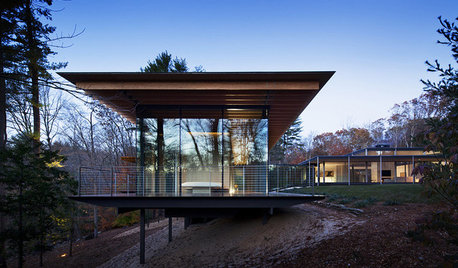
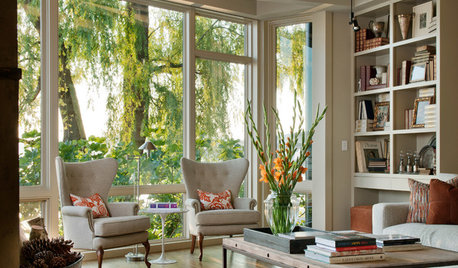
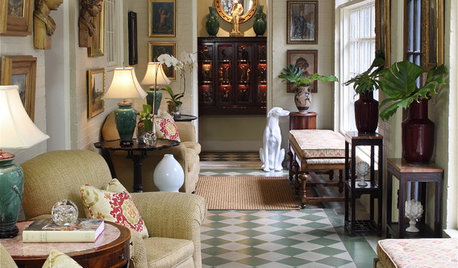
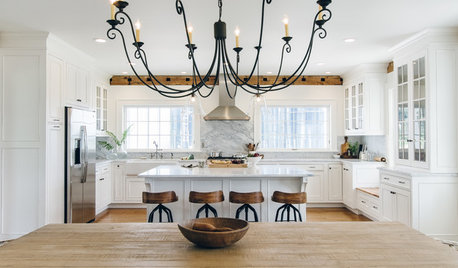

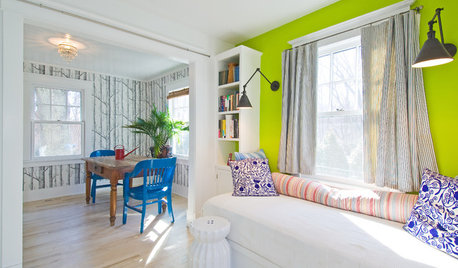
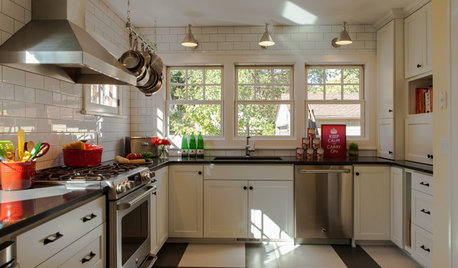
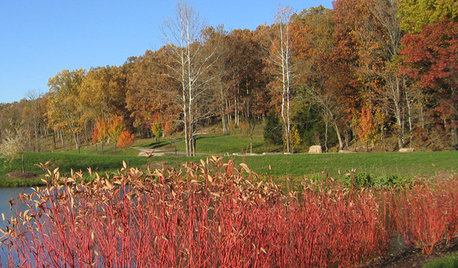







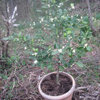
poncirusguy6b452xx
tcamp30144(7B N.ATLANTA)Original Author
Related Professionals
Prairie Ridge Landscape Architects & Landscape Designers · Anderson Landscape Contractors · Berkeley Heights Landscape Contractors · Brandon Landscape Contractors · Brunswick Landscape Contractors · Chesapeake Ranch Estates Landscape Contractors · Dinuba Landscape Contractors · Northbridge Landscape Contractors · Nutley Landscape Contractors · Salem Landscape Contractors · St. Louis Landscape Contractors · Tehachapi Landscape Contractors · Selma Landscape Contractors · Chesapeake Ranch Estates Stone, Pavers & Concrete · Immokalee Stone, Pavers & Concretecory (Zone 7a, NJ)
Dave in NoVA • N. Virginia • zone 7A